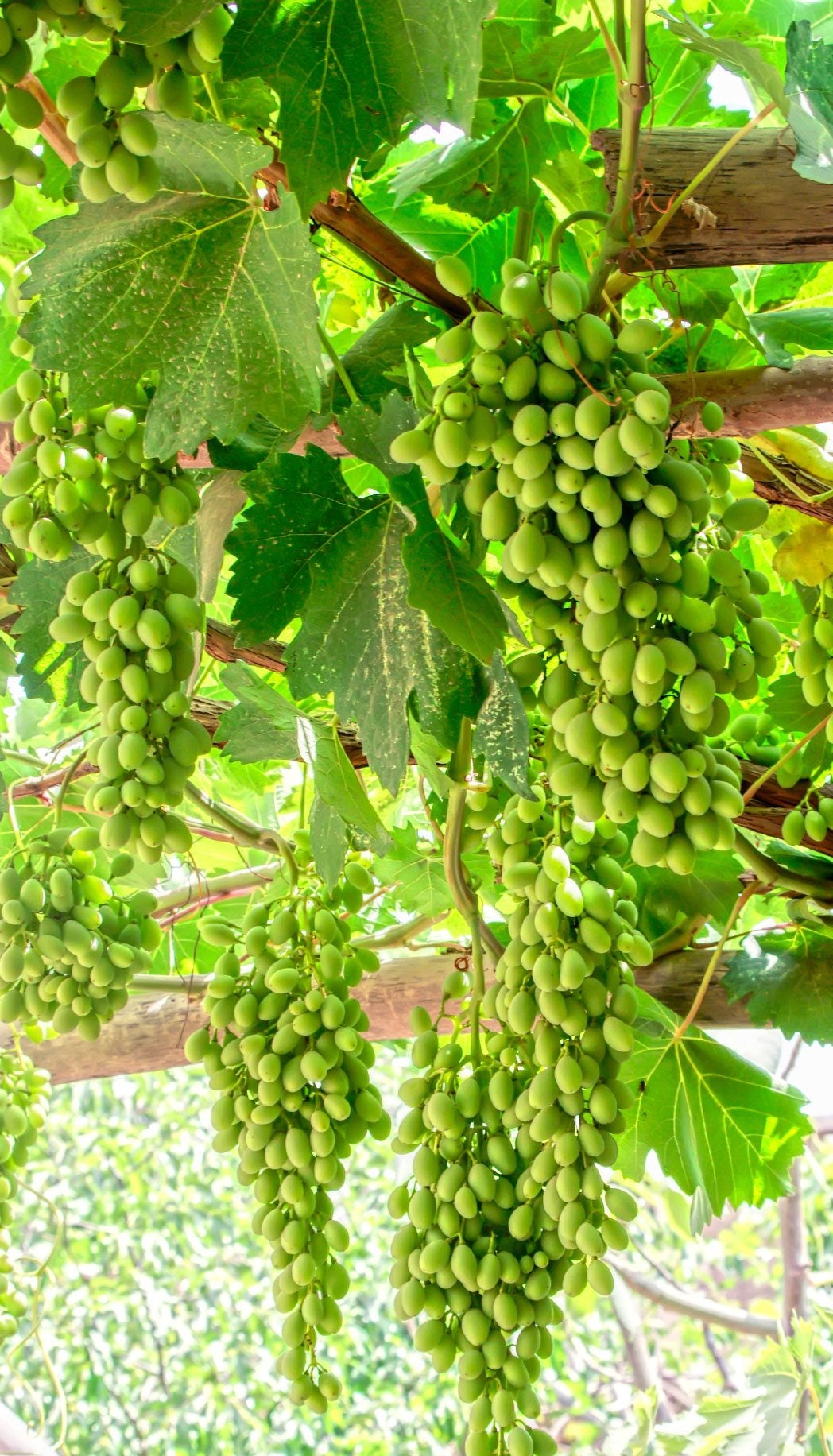Tips For Improving Grape Fruit By Thinning Grapes


Growing grapes is a wonderful way to introduce fresh fruit to your home or provide your own wine-making supplies. Whatever your motivation, the goal is to get a large crop of grapes, and the best way to ensure this is to learn how to thin grapes. Studies show that yields are highest when both grape cluster thinning and berry thinning of grapes are applied along with Gibberlin acid. The home gardener will likely not use the Gibberlin and can get the largest crop from simply cluster thinning. However, a two-prong approach allows for the largest, fullest clusters and produces the biggest individual fruits even though total gross yield may be affected.
How to Thin Grapes
Grape thinning is only one of the important tasks to do for a good fruit crop. The grapevine should be pruned in late fall or very early spring depending upon your zone. The plant also needs to be fertilized before flowers arrive to encourage larger fruiting. Thinning helps keep fruit from rubbing and gives it room to develop and ripen properly. Good thinning practices also create tight clusters of grapes which travel and keep better than loose, thin clusters. Grapes typically set more clusters than they will have the energy to develop. Removing some of these groups of fruit will allow the vine to concentrate on maturing viable clusters and individual fruit. It also allows light and air into the plant, which enhances overall health. Grape cluster thinning is not difficult. It simply means removing any clusters that are small, misshapen, or even overly large. Thinning grape clusters is done immediately after the flowers have dropped and berries are set.
Berry Thinning of Grapes
Berry thinning removes half of the cluster to allow the remainder enough space to develop larger. Berry thinning is done shortly after cluster thinning and should leave four to five stems on the lower part of the cluster's stem. When the berries are as large as BB's, they need to be hand thinned. This is done commercially by professionals who know the optimum size the fruit should become. They remove any berries that are lagging behind in development and will overcrowd the largest, juiciest fruits. Berry thinning is most important in commercial crops where the clusters need to be set thickly in order to travel and store best.
Gardening tips, videos, info and more delivered right to your inbox!
Sign up for the Gardening Know How newsletter today and receive a free copy of our e-book "How to Grow Delicious Tomatoes".

Bonnie Grant is a professional landscaper with a Certification in Urban Gardening. She has been gardening and writing for 15 years. A former professional chef, she has a passion for edible landscaping.
-
 5 Tough Urban Trees That Thrive In Cities – Top Picks For Urban & Suburban Landscapes
5 Tough Urban Trees That Thrive In Cities – Top Picks For Urban & Suburban LandscapesExplore the best urban trees that will add value to even the most challenging of landscapes. Get growing with these ideas and enjoy all the benefits of trees.
By Teo Spengler
-
 7 New & Improved Cultivars Of Old-Fashioned Plants – These Aren’t Your Grandma’s Plants!
7 New & Improved Cultivars Of Old-Fashioned Plants – These Aren’t Your Grandma’s Plants!Old is new again! These old-fashioned plants have new cultivars that are sure to thrive in your garden and bring the charm factor. Neighbors will be envious!
By Mary Ellen Ellis